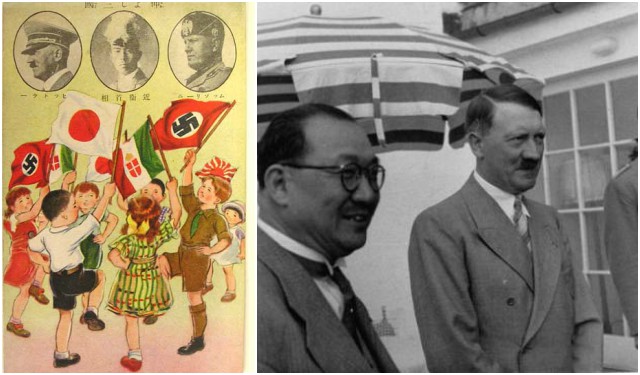Following the Nazi rise to power, Adolf Hitler made it clear that he considered the Treaty of Versailles as unjust towards Germany and that it had to be revised.
Signed on 28th June 1919, the Treaty of Versailles had five main points:
- Germany had to accept the blame for starting the war.
- The German army was limited to 100,000 men, and they were not allowed to have submarines or an air force.
- Germany had to pay reparations for the damage done.
- Germany lost 13% of its territories, and its colonies were given to France or Britain.
- Germany was not allowed to join the League of Nations.
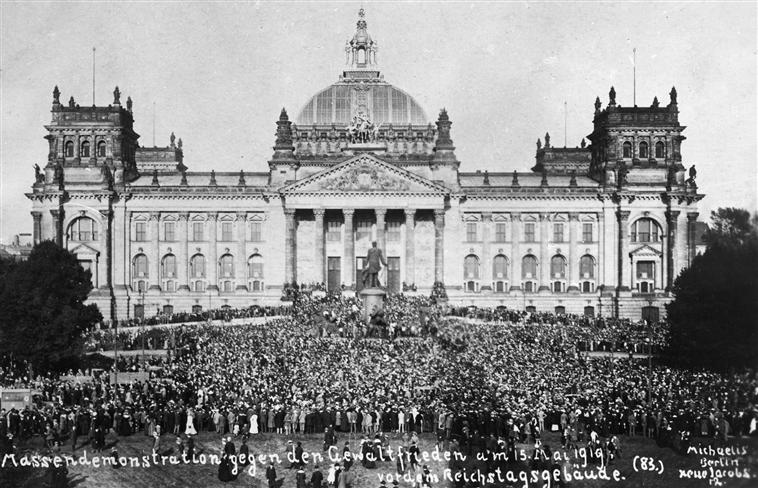
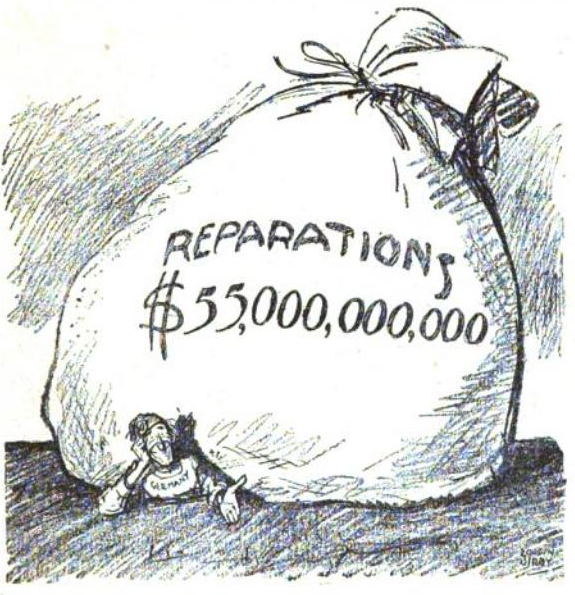
Hitler felt that the Treaty was unfair and many Germans shared his opinion, so his primary goal was to destroy it and to make Germany a strong, hegemonic power in Europe again. He said that the German nation needed more Lebensraum (‘living space’) and the only way to provide it was to expand towards Poland, Austra, Czechoslovakia.
After the Treaty, many Germans were living in foreign countries, so he was determined to unite all German-speaking people together in one country. He also blamed communism for Germany’s defeat in World War I, so his plan included defeating the Soviet Union and destroying the communism.
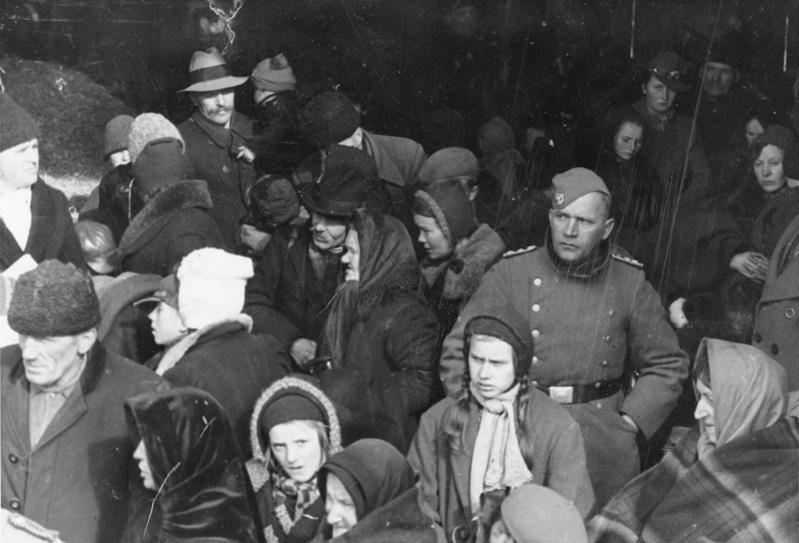
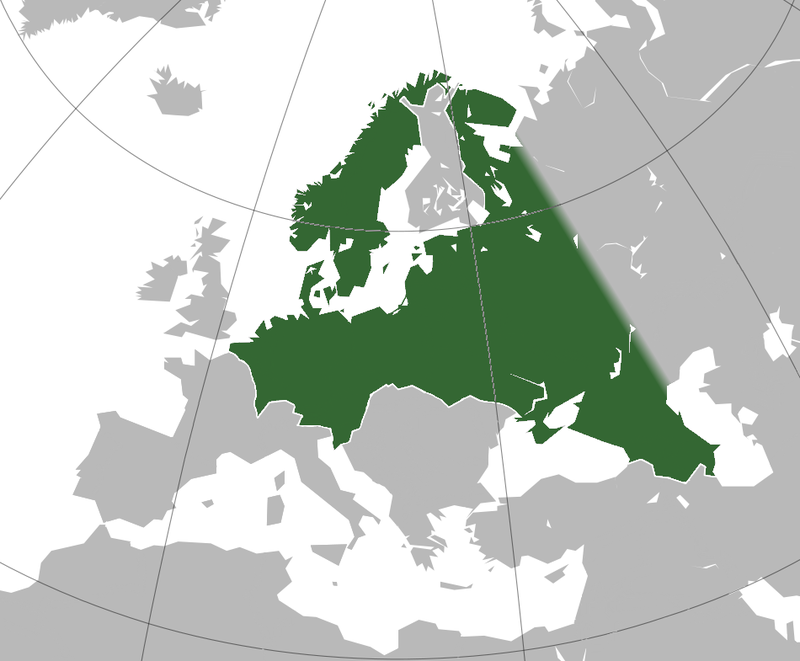
Hitler began Germany’s foreign policy very cautiously by withdrawing from the Disarmament Conference and the League of Nations. He claimed that Germany wanted only peace and would disarm if other states agreed to do the same.
Signing a ten-year non-aggression pact with Poland in 1934 made him look harmless in the eyes of the other European countries that were concerned about the new government in Germany and its policies. The same year, Austrian and German Nazis together attempted a coup but were unsuccessful thanks to Mussolini, who warned the Germans off.
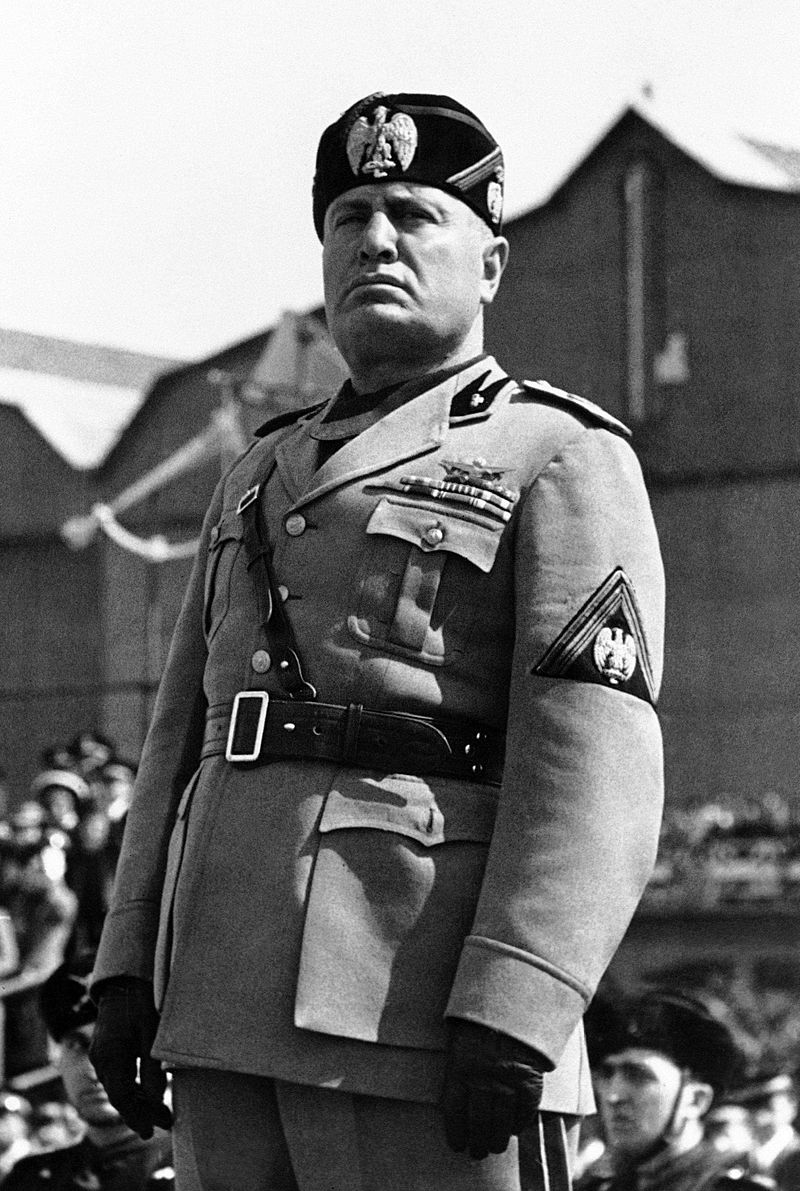
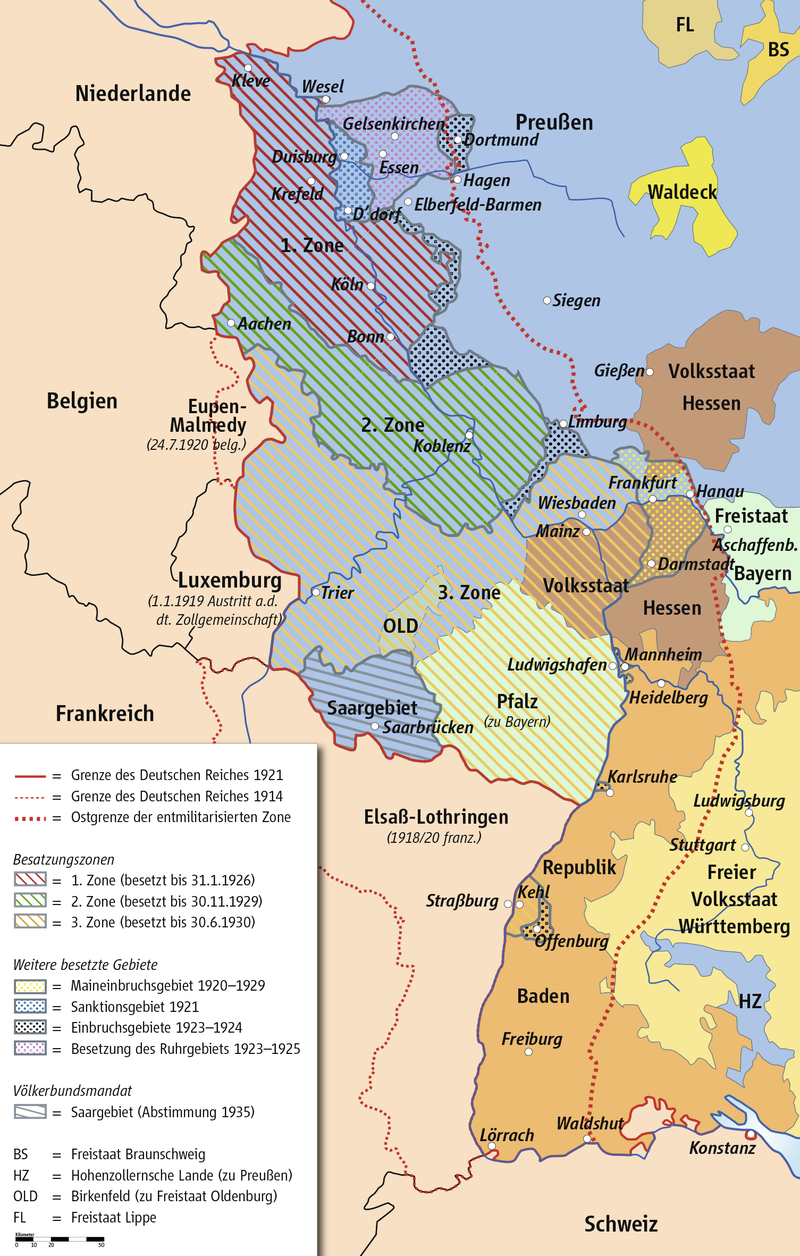
His foreign policy brought him popularity among the German people, so encouraged by his success, Hitler decided to gamble by sending troops into the demilitarized zone of the Rhineland. 30,000 lightly armed German soldiers occupied the Rhineland, and no one dared to stop them.
Hitler knew that he risked everything by sending his 30,000 troops in the Rhineland and he said: “The forty-eight hours after the march into the Rhineland were the most nerve-racking in my life. If the French had marched into the Rhineland, we would have had to withdraw with our tail between our legs, for the military resources at our disposal would have been wholly inadequate for even a moderate resistance.”
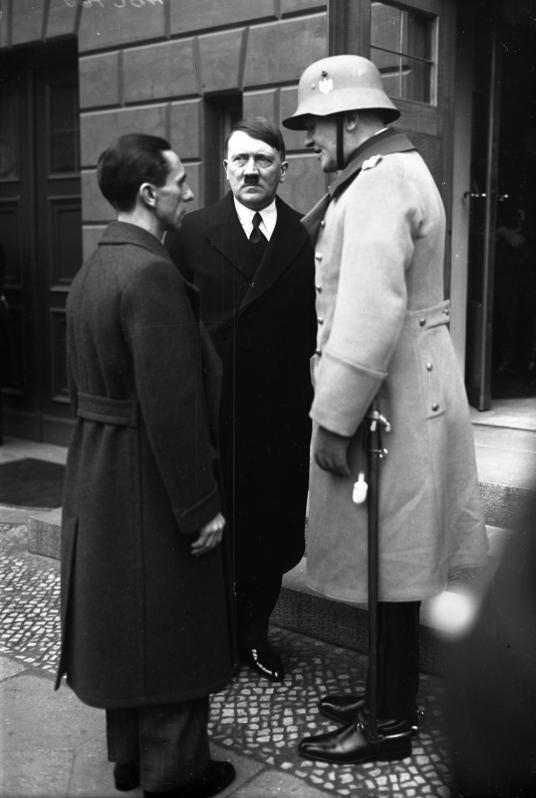
The alliance, known as the Rome-Berlin Axis signed by Mussolini and Hitler in 1936, consolidated Germany’s position. Nazi Germany foreign policy went one step further when in 1937 Germany and Italy in Japan signed the Anti-Comintern Pact, and Hitler strengthened his position even more.
Hitler was obsessed with ‘racial purity, history’ and he even shaped the German foreign policy by the Nazi racial ideology.
He believed that the German “Aryan” race was threatened by the inherently inferior races: Jews, Roma, Africans, and Slavs.
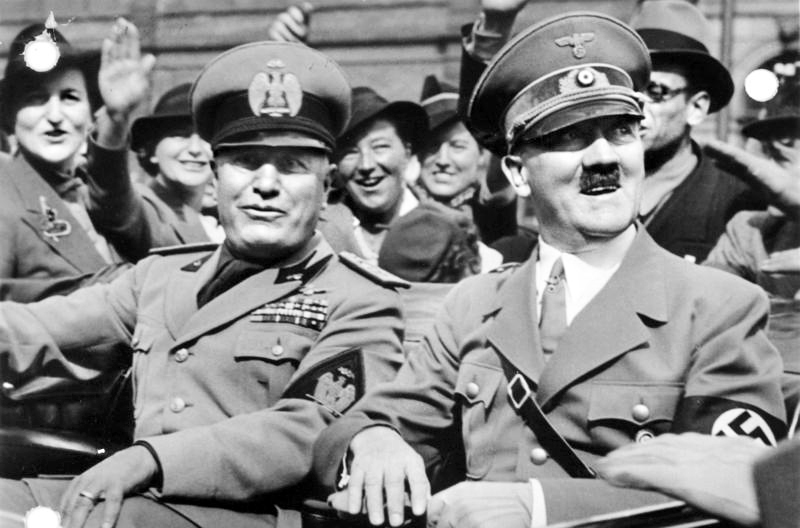
One of the most interesting aspects of the German foreign policy was the economic and military relationship with China and Japan. Hitler saw China and Japan as equals to Germany and established strong economic links with these countries, particularly with China. Chinese and Japanese were seen as “honorary Aryans” and in The Political Testament of Adolf Hitler, he wrote:
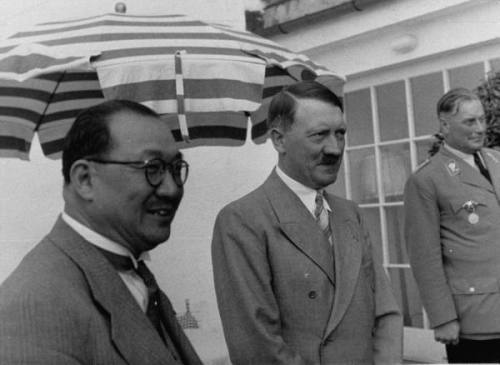
“Pride in one’s race – and that does not imply contempt for other races – is also a normal and healthy sentiment. I have never regarded the Chinese or the Japanese as being inferior to ourselves. They belong to ancient civilizations, and I admit freely that their history is superior to our own.
They have the right to be proud of their past, just as we have the right to be proud of the civilization to which we belong. Indeed, I believe the more steadfast the Chinese and the Japanese remain in their pride of race, the easier I shall find it to get on with them.”
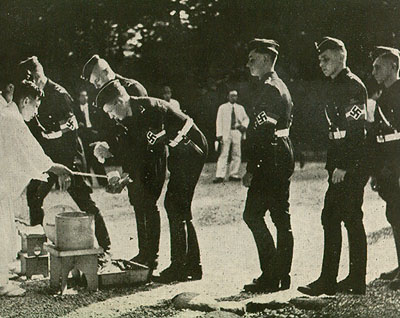
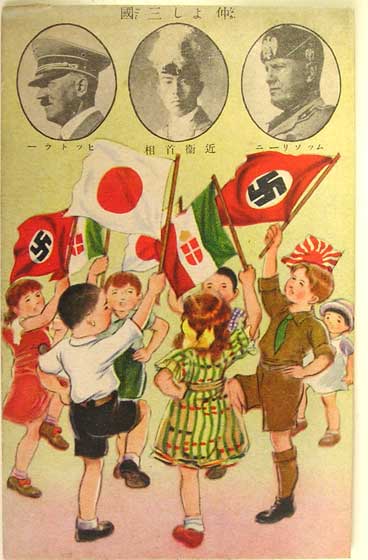
Eventually, Hitler’s two favorite partners in the Far East had to go separate ways and the Fuhrer was forced to pick a side.
It must have been a hard decision since Germany had a deeper economic and military relationship with China, but on the other hand, the Japanese were military superior. He made a decision and chose Japan.
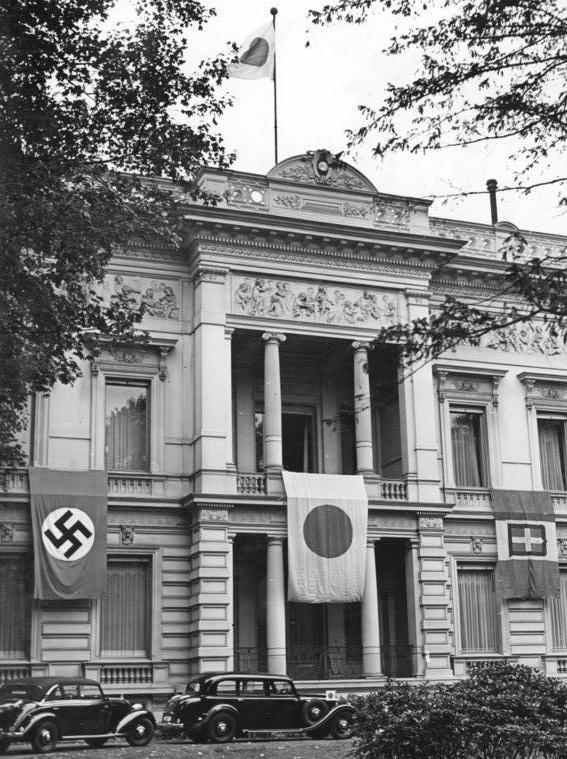
However, his greatest political and military success to date was the Anschluss with Austria in 1938. This event revealed the weakness of Britain and France who were just spectators and did nothing more than protest.
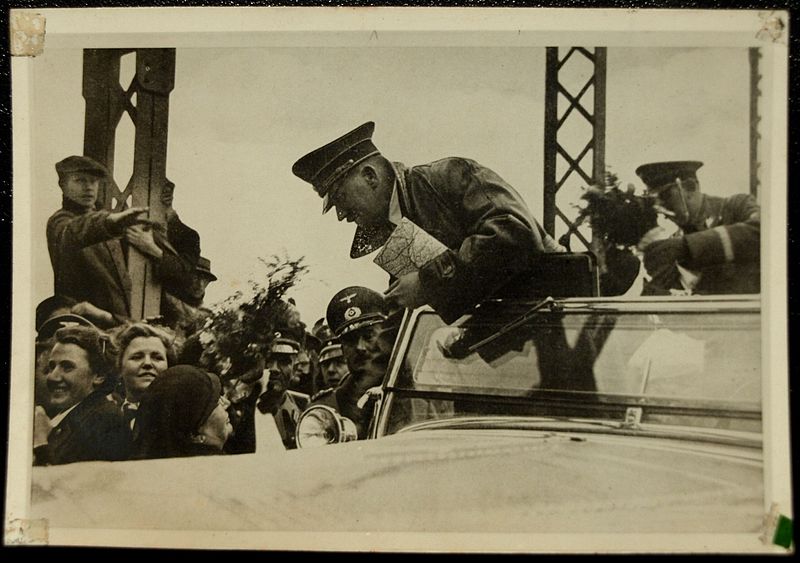
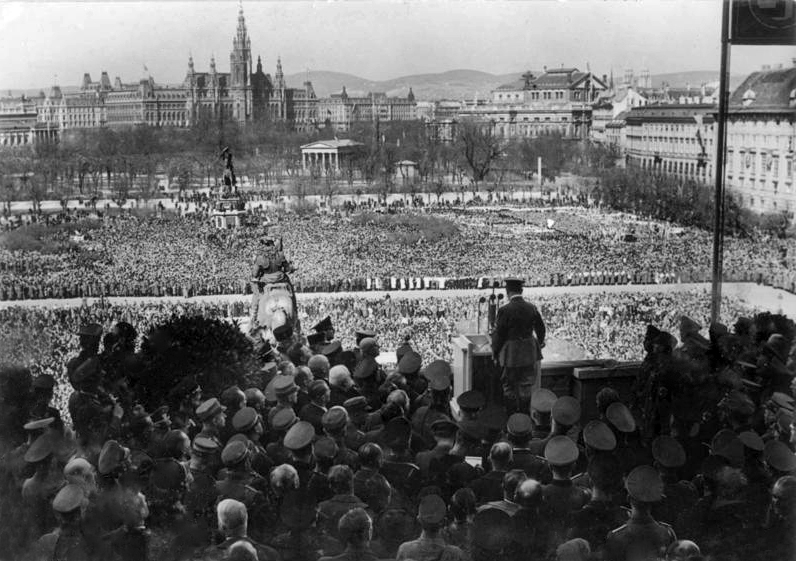
Encouraged by his success in Austria, Hitler focused on German-speaking Sudetenland and in 1938 he signed the Munich Agreement and Sudetenland became part of the Third Reich.
He broke the agreement in 1939 and invaded the rest of Czechoslovakia.
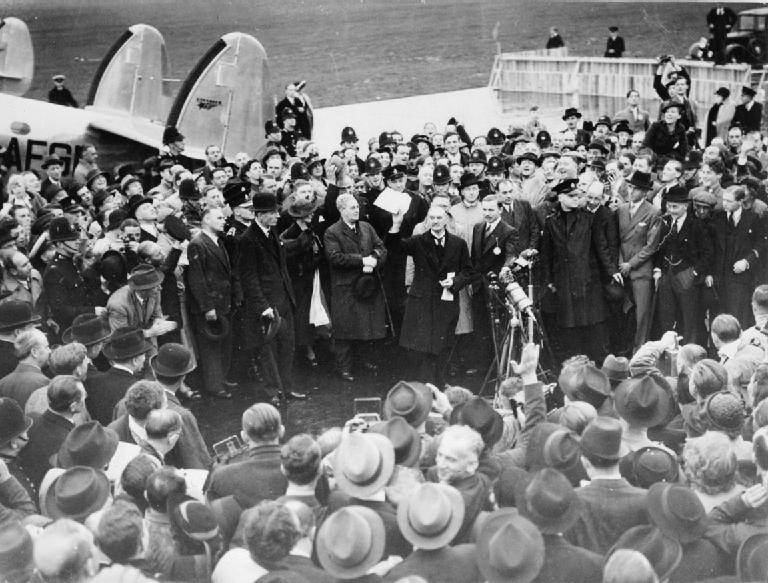
One of his greatest successes in the field of foreign policy was the Non-Agression Pact with USSR signed in 1939.
They agreed not to attack each other, nor to join any alliances against the other. After signing the Non-Agression Pact Hitler was even more encouraged to attack Poland and on September 1st, 1939, the German troops entered in Poland. Two days later the World War II started.
